Light roast and dark roast coffee each have something unique to offer.
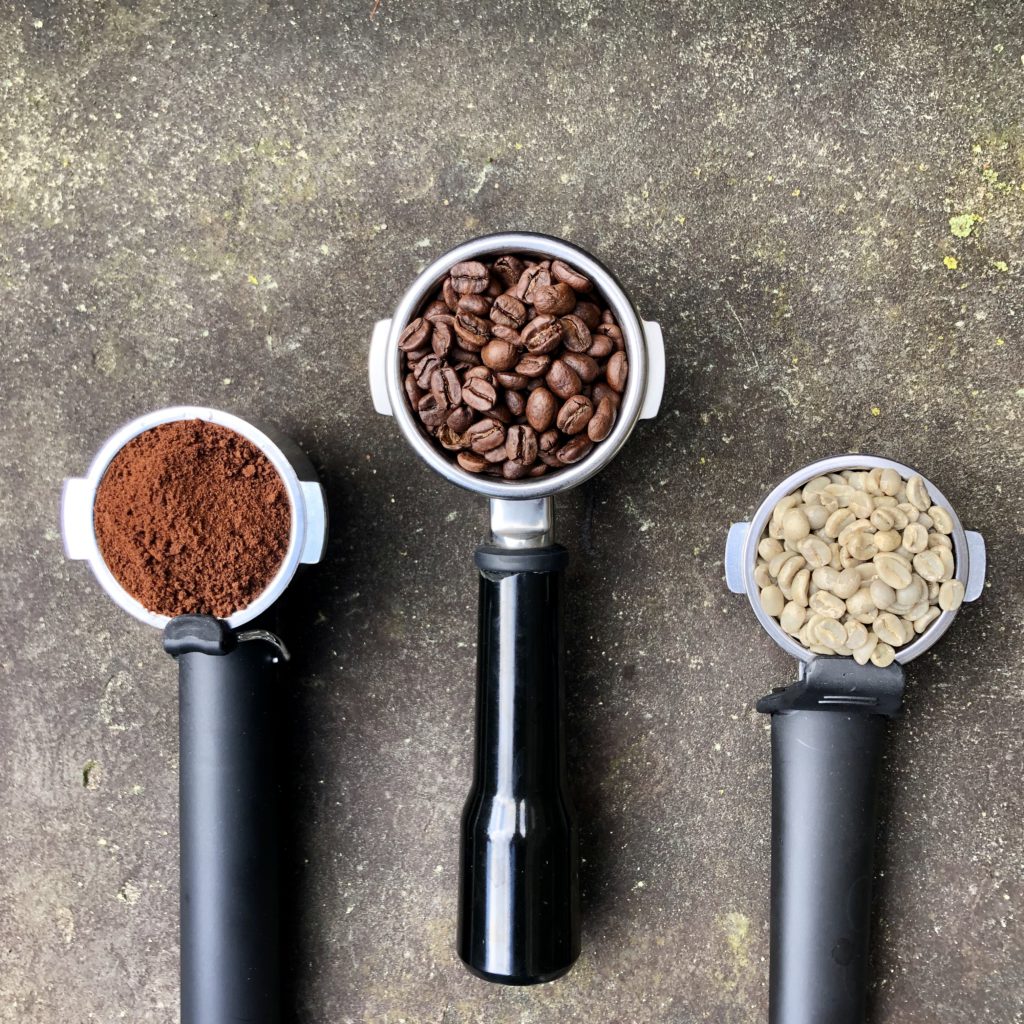
- Different coffee roast levels allow you to have a unique coffee drinking experience.
- Besides a difference in color, light roast and dark roast coffee offer varying caffeine levels and unique flavor profiles.
- Dark roast beans offer more chocolatey flavors whereas lighter roast beans tend to offer fruity and herbal undertones.
Whether you’ve seen them at the grocery store or noticed a few options available at a specialty coffee shop there are, most coffee drinkers are somewhat familiar with the idea that there are different roast levels: light or dark roast.

Despite having read or seen these terms, many are unaware or confused at what the differences actually are between the two roasts. And there are pretty significant differences that may persuade you towards one more than the other.
Here are the biggest differences between the light and dark roast coffee.
Dark roast beans are roasted longer and at a higher temperature.
The coffee roasting process is one way in which dark roast and light roast coffee differ greatly. The roasting time for dark roast beans is a lot longer than that of light roast beans. It typically lasts past the second crack (don’t worry if you don’t know what that means), and dark roast coffee beans are also roasted at a higher temperature.
Download My FREE Home-Brewing Guide
Join my newsletter (free!) to receive my free home-brewing guide. PLUS, you’ll get instant access to ALL freebies in my resource library including bonus coffee and pairing recipes, coffee hacks & more brew guides!

Light roast beans on the other hand are roasted at a temperature that’s about 100 degrees less than dark roast beans. These beans are typically roasted just until the first crack or a little beyond.
Light roast beans are lighter in color and do not have oil on the exterior surface.
Besides a difference in roasting, there is also a color variance between the two types of roasts. Lighter beans are typically a lighter brown shade, as you would assume. Also, in terms of texture, they are dryer and do not have any oil on their surface.
Dark roast beans on the other hand are dark brown, and they do have an oily surface. This is a result of their longer roasting time. The longer coffee beans are roasted, the more oils produced on their exterior. You’ll notice that dark beans have a sort of shiny surface.
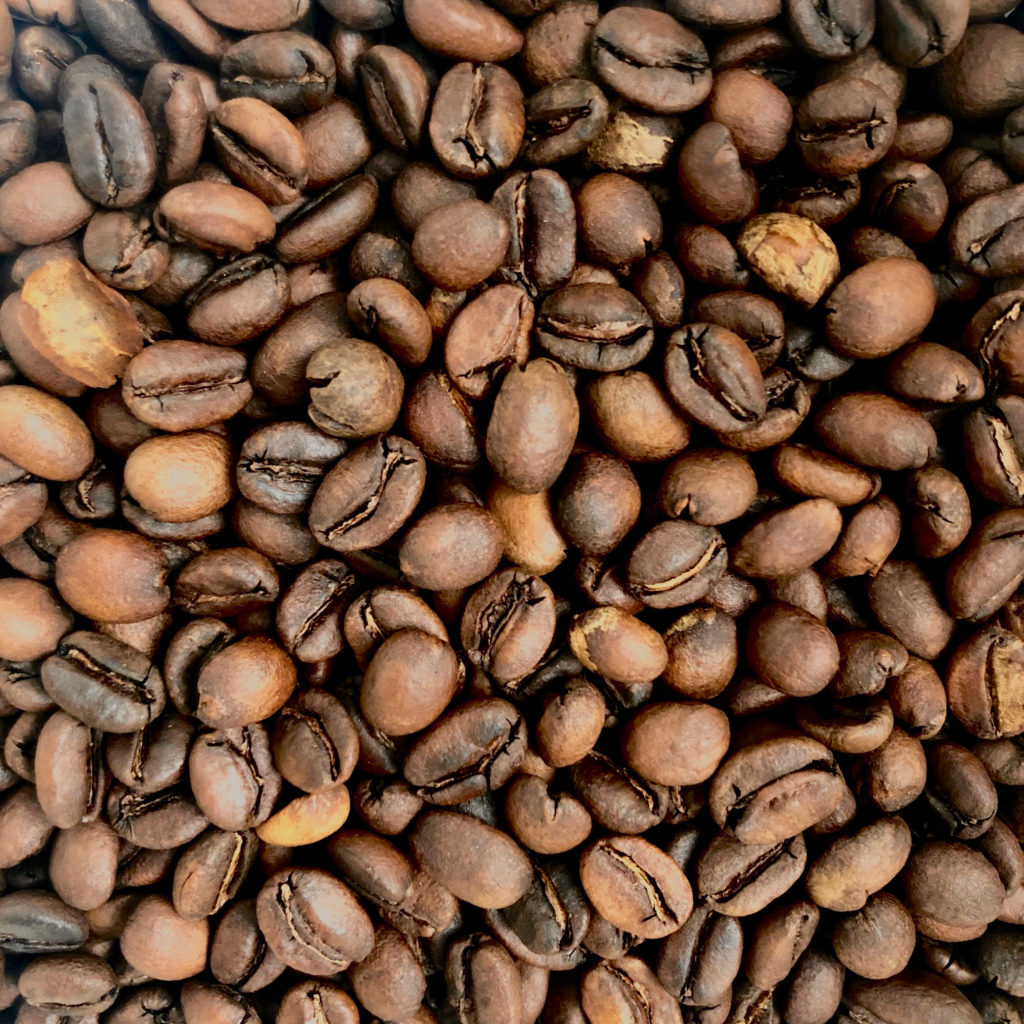
For a great example of dark beans, you can buy just about any bag of Starbucks’ beans. Their beans are VERY dark, and you’ll certainly see that shine described above.
Dark roast coffee has a fuller body.
Now once you make coffee with your beans, there are also very apparent differences that appear in the two roasts’ coffee yield.
First off, there is a difference in the coffee’s body. This simply refers to the coffee’s weight or the feeling of the coffee in your mouth. Dark roast coffee has a thicker, fuller body. Think of coffee you’d receive from a diner restaurant or even coffee you’d make in a typical coffee maker at home. The coffee is usually dark, strong, and feels somewhat heavy. Light roast coffee, oppositely, has a much thinner, lighter body. It’s more akin to a strong black tea.
Light roast highlights the flavors of the coffee’s origin.
In terms of flavor profiles, light roast coffee tends to be more vibrant and sweeter. It tends to offer more delicate, fruit and herbal flavors. This type of coffee is often described as having high levels of acidity and produces a drier aftertaste. It also highlights the characteristics of the coffee’s origin more so than other roasts.
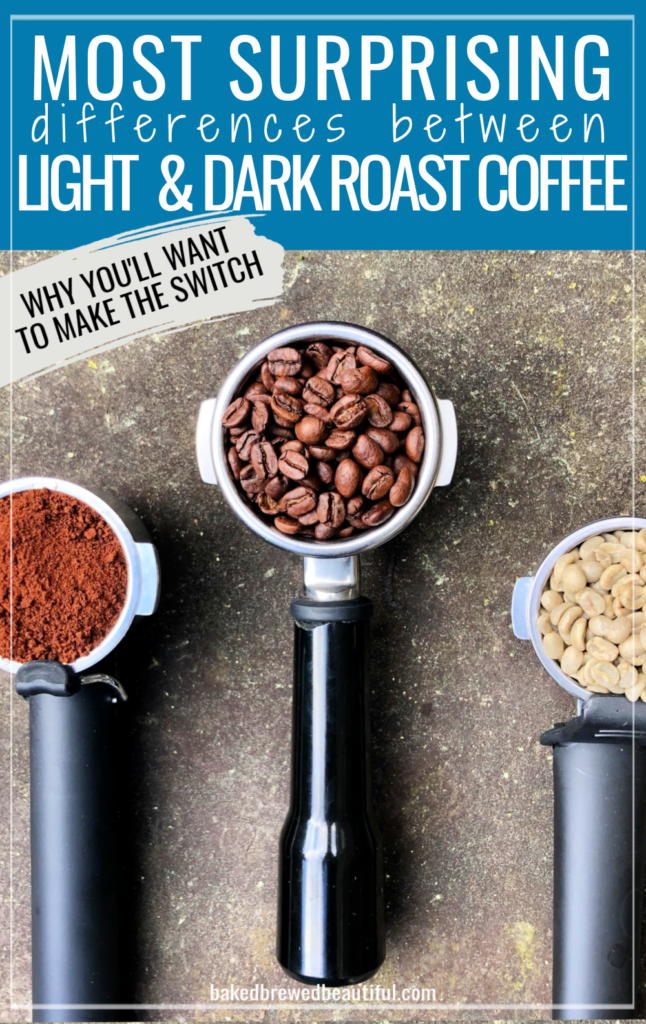
Dark roast beans have more chocolatey, nutty, and caramel undertones. These types of roasts are meant to produce a more uniform roast in the coffee beans. They don’t have many of the characteristics of their origin, and tend to offer more straight-forward flavors (less complex than lighter roasts). This isn’t to say dark roast coffee isn’t good. In fact, some beans lend themselves to a darker roast in order to highlight more chocolatey or nutty tasting notes.
The caffeine content is higher in lighter roasts.
As for the ongoing debate about which roast has more caffeine…light roast wins. Though dark roast coffee tastes strong, it doesn’t mean that it has more caffeine. The truth is that the caffeine content sort of gets “cooked” away during the roasting process. The longer the beans are cooked, the more moisture and water the beans lose.
Denser coffee beans provide more caffeine. Since light roast beans aren’t on the roasting machine as long as dark beans, they are left with more moisture and are therefore more dense. Dark roasted beans are roasted longer, so they are less dense and contain less caffeine.
Let’s talk about medium roast coffee too.
As for medium roast, it’s as you’d imagine the middle ground between dark and light roast coffee. It’s brown in color with hardly any oil on its surface. It has a medium acidity as well as a more rounded flavor profile. It’s roasted beyond the first crack, but finishes before the second crack at a temperature slightly lower than a dark roast.
It still maintains many of the flavors of the coffee’s origin, but also has caramel and chocolate undertones like a dark roast. A medium roast coffee tends to be sweeter and less intense than a light roast, and has a more balanced and well-rounded overall flavor.
For someone just getting familiar with specialty coffee, a medium roast is a great place to start. And as your palate develops, you may be more adventurous and willing to try those light roasts later on.

Want to brew barista-level coffee at home?
Join my newsletter to receive my free home-brewing guide. PLUS, you’ll get instant access to ALL freebies in my resource library including bonus recipes, pairing ideas, and more brew guides!
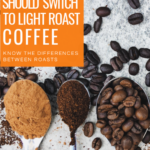



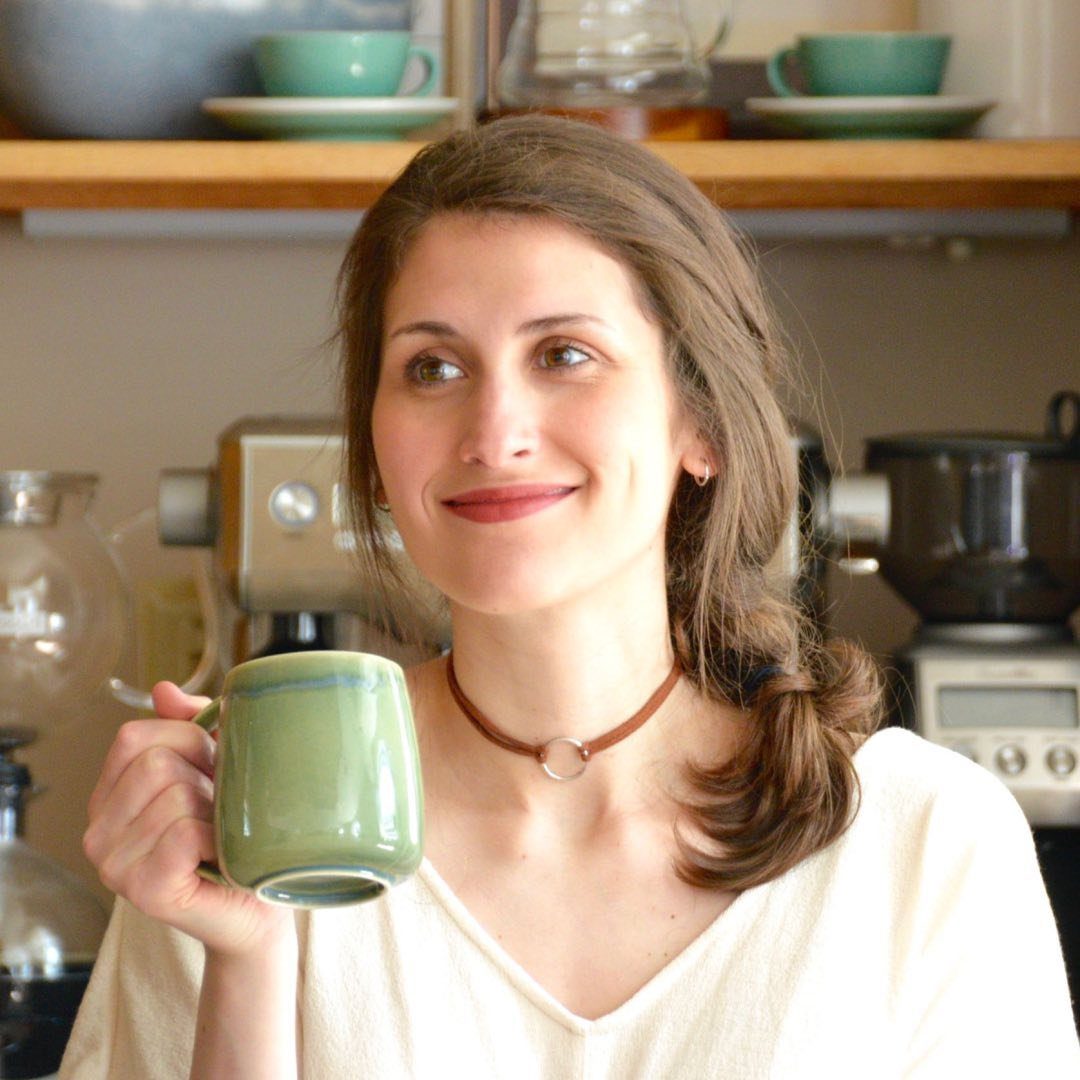

Leave a Reply